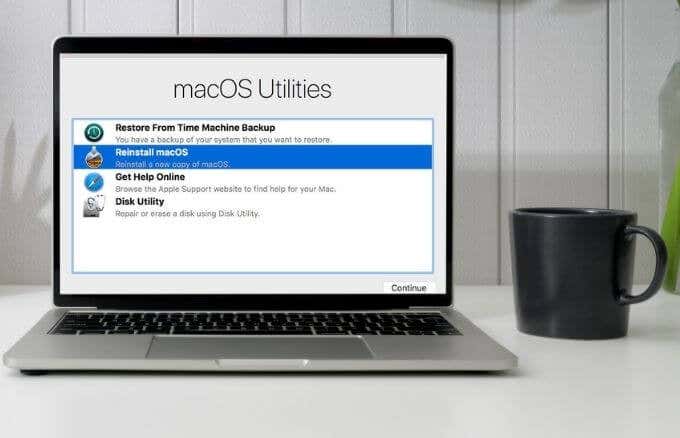

- #FIND DISK UTILITY FOR MY APPLE MAC NOTEBOOK MAC OS#
- #FIND DISK UTILITY FOR MY APPLE MAC NOTEBOOK INSTALL#
#FIND DISK UTILITY FOR MY APPLE MAC NOTEBOOK INSTALL#
In theory, there’s no reason why you couldn’t boot an older version of macOS, and Apple does offer ways to install older versions on a USB. Can I boot older versions of macOS from a USB drive?

Our testing gave us no issues when using a USB 2.0 to USB-C connector, so you’re able to press your older USB drives into service. Am I able to use a USB connection other than USB-C? We recommend 16GB to give yourself enough “wiggle room” when it comes to the installation process. As such, you’ll need a large enough USB drive to store Big Sur. In our experience, you will not be able to do this. Can I split an installation across multiple USB drives? Disk operations on the boot drive can be performed safely from a USB stick as well.

You can now run the operating system as normal and use this USB drive to boot up your Mac. If you’re using an Apple Silicon machine, you’ll need to insert the USB drive, shut the Mac down, then reboot and hold the Power key until you come to the Startup Manager.įor Intel Macs, restart and hold the Option key to enter into the boot selection dialog.įor both types of machines, use your keyboard’s arrow keys to select the USB drive from the list of bootable devices, click to confirm, and your USB drive will begin to boot. You could also use the Startup Manager to select your boot drive when you start macOS.
#FIND DISK UTILITY FOR MY APPLE MAC NOTEBOOK MAC OS#
:max_bytes(150000):strip_icc()/DUDebug-5a722f208023b90037856ee9.jpg)
Now, see if you can do the steps to reinstall OS X. Well, you won’t find any command or utility to do that on Mac. Select Disk Utility from the Utility Menu. If this succeeds (no errors returned) then Quit Terminal. Mine is "macOS Sierra." At the end of that line, above, you will see, "disk3s2." On your system you should see, "disk0s2." If you look on the line that shows "2" under the "#" column, you should find your disk's name. On your system with only one drive the heading, /dev/disk3 should read /dev/disk0. The great thing is you can also use your keyboards in order to make a shortcut to the utilities while you are in. Go to the applications located in the left pane. Simply go to your Mac Finder from your Mac’s Dock. If you have only one drive, then you should see something like this:Ģ: Apple_HFS macOS Sierra 479.2 GB disk3s2ģ: Apple_Boot Recovery HD 650.0 MB disk3s3 Access your Mac’s Utilities Folder through the Finder Bar. You should then see a listing of all the physical disks and logical volumes on each. After the command line is displayed enter the following: If you are comfortable using the Terminal command line, then give this a try after starting from the Recovery HD.


 0 kommentar(er)
0 kommentar(er)
